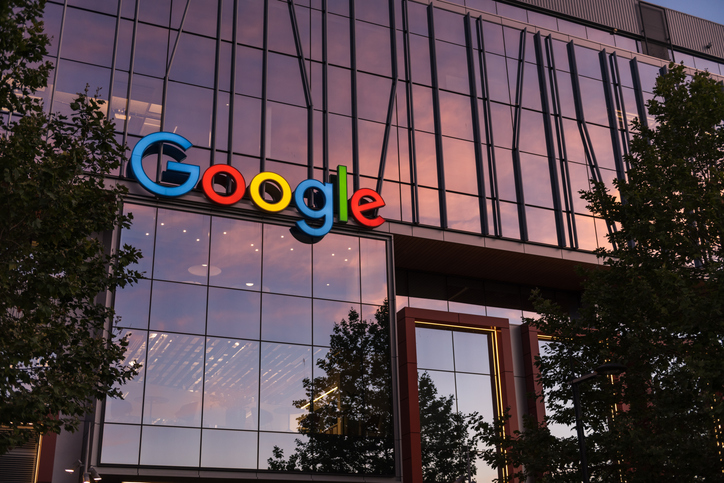

A collateralized debt obligation, or CDO, is a financial instrument that institutions use to combine individual loans into one financial product. These products are then sold to investors on the secondary market. CDOs are one specific type of derivative that contributed to the Great Recession. In general, derivatives played a significant role in the collapse of the housing market and the fall of large financial institutions. A financial advisor can help you understand CDOs and other types of investments.
CDOs are larger financial products that institutions then sell on a secondary market. Each CDO may include credit card debt, mortgages, auto loans and corporate debt. They are considered collateralized because borrowers have promised to repay the debt within each part of the CDO. This promise is what gives the financial product its value.
A CDO is a type of a derivative. A derivative is a financial contract that receives its value from another asset. Other derivatives you may find in securities markets consist of forwards, options and futures contracts.
CDOs are created with the help of several parties, including securities firms, CDO managers, rating agencies, financial guarantors and investors, like pension funds or hedge funds. Each party plays a role in the creation of the CDO, from selling it to investors to selecting and approving the collateral in the CDO.
At first, all of the payments or cash flows merge from the combined assets. Then, this pool separates into different segments, otherwise known as tranches. Each tranche then has its own debt rating.
Generally speaking, the “AAA” tranche is the highest debt rating and is considered the senior tranche. The middle or mezzanine tranches typically have “AA” or “BB” debt ratings, and the lowest debt-rated tranches are known as equity tranches. The rating determines the amount of interest and principal each tranche receives. Therefore, these equity or junior tranches that have low ratings, and are considered junk, receive less principal and interest than the senior tranches.
Typically, the senior tranches will take the cash flow from payments and are the last to take any default. The junior tranches are the last to take on principal and interest payments, and the first to absorb defaults. Generally, depending on the structure and composition of the CDO, the equity portion is toxic debt regarding the rest of the contract.

Usually, public investors are not the typical buyer of CDOs. More often than not, pension funds, insurance companies, investment managers, banks and other financial institutions buy CDOs. The objective of buying CDOs as a financial institution is to outperform treasury yields while minimizing risk exposure. Adding additional risk can yield higher returns when the economy is strong. However, when the economy isn’t performing, higher risk can produce more of a significant loss.
Financial institutions may sell CDOs to investors because the funds they receive can be used to create new loans. Additionally, selling CDOs move the loans’ risk of default from the bank to the investors. CDOs also give banks new products to sell, which can boost share prices and bonuses for management.
CDOs were designed to increase liquidity for financial institutions by helping them sell off their debt. This gave them more capital to invest or loan to other borrowers, essentially helping the companies increase their returns and profits. Up until the early 2000s, CDOs were considered a niche product that helped the economy prosper.
The innovation of CDOs aided in the creation of new employment opportunities for the financial sector. Since a CDO isn’t a tangible financial product, and you can’t see its value, there was a need for computer programmers to develop each product. Many went off to work on Wall Street to aid in the development of the computer programs needed to model each CDO.
In addition to the need for computer programmers, salespeople were an essential asset to the sale of these financial contracts. As the desire for new and improved CDO products grew, so did the need for complex programming models. Therefore, programmers decided to divide these products into tranches. CDO models were successful when the economy and the housing market were thriving. However, the growth of the CDO wasn’t sustainable.
As housing prices exponentially grew beyond their value, consumers purchased properties to flip them for a profit. However, those housing prices grew so large that they couldn’t actually be supported. The increased access to debt encouraged consumers to utilize their credit cards and take on more debt than they could financially manage.
Since the financial institutions didn’t worry about consumers defaulting on their debt payments, they continued to sell loans to other investors. With minimal attention to lending guidelines and requirements, banks were lending to less creditworthy individuals. For example, investors with low credit scores secured mortgages to buy homes. These mortgages are known as subprime mortgages and may have been adjustable rate mortgages. Those investors may have known that they’d only be able to afford the low interest rate offered during the first few years of the loan. Once the higher rate kicked in, those investors could no longer afford the loan. Naturally, this was a recipe for disaster.
What made this situation even worse was that CDO calculations and models became so complex it was almost impossible to understand the value of the asset investors were purchasing. With such complexities involved, investors solely relied on banks to determine the asset’s value.
Many investors put their faith in banks and didn’t complete the proper research. Additionally, computer programs only factored in increases to housing values and not decreases. Therefore, as housing prices dropped, the computers didn’t price the CDOs accordingly. Once banks realized they couldn’t price CDOs accordingly, the CDO market vanished overnight. Because banks refused to have CDOs on their balance sheets, they stopped lending.
Sadly, due to the U.S. housing correction, CDOs became one of the lowest performing financial vehicles in the market meltdown from 2007 to 2009. The Federal Reserve assured investors that this downturn was only related to mortgage-backed securities. What they didn’t realize was that derivatives multiplied the impact of the bubble or any real downturn of the market.
When the Federal Reserve and Treasury decided to purchase CDOs again, normalization began to filter through the financial markets. Despite their contributions to the Great Recession, CDOs are still available and contribute to the structure of financial markets.

While investing in CDOs may be an investment choice of the past, it’s important to have a clear idea of how different investments work and the risks involved. Understanding the rise and fall of financial markets may help you avoid future financial risk.
Be mindful of putting yourself in a situation where your financial health is dependent on the success of one investment selection.
Photo credit: ©iStock.com/AndreyPopov, ©iStock.com/g-stockstudio, ©iStock.com/manoonpan phantong
Ashley KilroyAshley Kilroy is an experienced financial writer currently serving as an investment and insurance expert at SmartAsset. In addition to being a contributing writer at SmartAsset, she writes for solo entrepreneurs as well as for Fortune 500 companies. Ashley is a finance graduate of the University of Cincinnati. When she isn’t helping people understand their finances, you may find Ashley cage diving with great whites or on safari in South Africa.
Read More About Investing



More from SmartAsset
SmartAsset Advisors, LLC ("SmartAsset"), a wholly owned subsidiary of Financial Insight Technology, is registered with the U.S. Securities and Exchange Commission as an investment adviser. SmartAsset's services are limited to referring users to third party advisers registered or chartered as fiduciaries ("Adviser(s)") with a regulatory body in the United States that have elected to participate in our matching platform based on information gathered from users through our online questionnaire. SmartAsset receives compensation from Advisers for our services. SmartAsset does not review the ongoing performance of any Adviser, participate in the management of any user's account by an Adviser or provide advice regarding specific investments.
We do not manage client funds or hold custody of assets, we help users connect with relevant financial advisors.
This is not an offer to buy or sell any security or interest. All investing involves risk, including loss of principal. Working with an adviser may come with potential downsides such as payment of fees (which will reduce returns). There are no guarantees that working with an adviser will yield positive returns. The existence of a fiduciary duty does not prevent the rise of potential conflicts of interest.